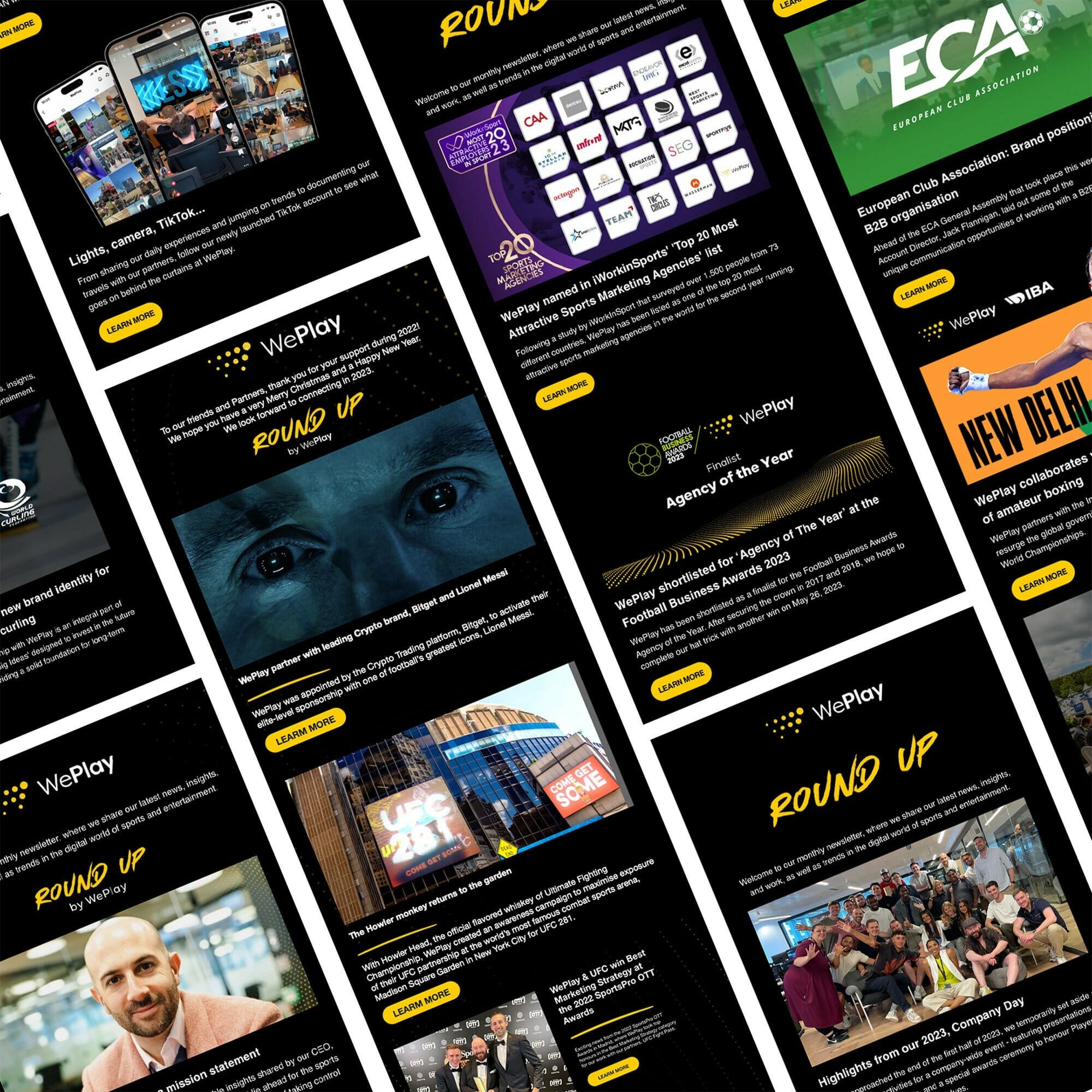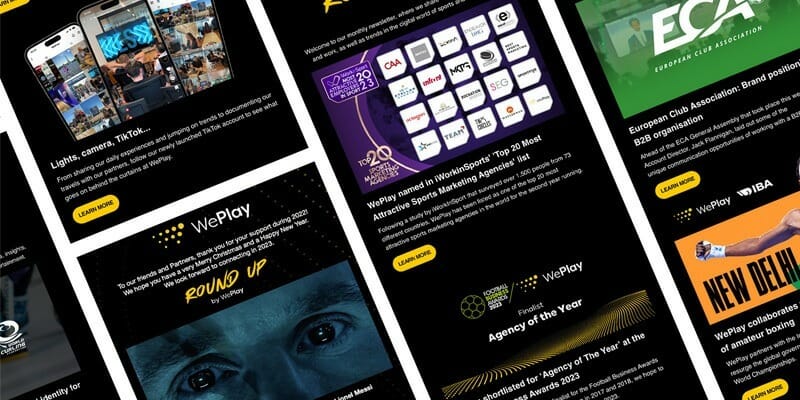
From FOMO to FOMA – The Fear of Missing Attendance
As the 2020/21 domestic football season came to an end, there was almost a sense of a new beginning. After more than 14 months for some, fans were finally welcomed back into UK stadiums, albeit in a limited capacity. As UK restrictions begin to ease further, the possibility of a return to ‘normal’ feels less remote. With that, it’s tempting to imagine a utopia of packed stadiums with walls of noise from passionate fans.
The question is, will imagination match reality?
Consumer confidence is strong, with 97% of respondents of UK Sport’s recent survey suggesting they will attend live events again. The challenge for sports organisations is to transform this fan sentiment into revenue. As fans, the pandemic has fostered feelings of FOMO – the Fear Of Missing Out. As restrictions ease and consumer spend is directed towards experiences rather than products, sport will see stiff competition from many sectors of the leisure industry.
In fact, the data suggests that excitement levels for attending sporting events falls behind other activities such as attending a concert, visiting a museum and going to the cinema. The pent-up demand driven by FOMO will present a dilemma with a subtly different acronym – FOMA.
FOMA
COVID-19 has not only decimated sporting revenues, but it has also exposed the over-reliance on traditional revenue streams. Global sports rights have declined by around 15% since 2018 and Simon Green, Head of BT Sport, believes COVID-19 will only ‘accelerate the decrease’. As ticketing revenues return to balance sheets, maximising them will lay the foundations of the sport’s financial recovery and, if done correctly, could offset some of the broadcast shortfalls.
Despite strong market signals, it is not simply a case of build it and they will come. Pre-pandemic, nearly a quarter of stadium capacity went unsold across the top seven European football leagues, amounting to £850 million in unrealised revenue across the league season alone. That doesn’t even account for secondary spending – merchandise, food and drinks – an area where the UK falters behind other international markets. Average UK secondary spend is 2.5x lower than in the US for instance, and lags behind European rival leagues. As the turnstiles re-open, the entire sporting ecosystem cannot afford for that potential revenue to go unrealised.
Clearly, every unfilled seat in a venue is lost revenue, but this is about more than simply top-line attendance figures. It is about making subtle adjustments to the fan experience so that live sport is top of mind when it comes to what people spend their hard-earned money on.
With unprecedented levels of customer demand and confidence, and live events returning, we’ve evolved and simplified our approach to ticketing and matchday marketing so that clubs and rights-holders avoid FOMA and maximise revenues across tickets, in-stadia spend, and retail.
Five steps to avoid FOMA
Understand your audience – they are your most valuable asset
The amount of data available to sports organisations to enhance the value of their audience has never been richer. Tapping into these accessible data points builds reliable audience segments that can personalise the customer experience and increase the likelihood of conversion.
Audience engagement = revenue
Our benchmarking suggests that engaged audiences (someone who engages with your brand and content) are twice as likely to purchase a product or service, and spend twice as much money than an unengaged audience.
Thus, to increase revenues, organisations must first focus on audience development. Furthermore, by considering audience interests outside of sport, organisations can open up a plethora of opportunities for audience expansion.
Get creative with marketing biology
When creating content and messaging, we utilise the marketing biology approach. Marketing biology is a data-driven approach to creativity that allows organisations to communicate both with emotive and rationale based creative messaging. Tap into the emotion and drama that is only experienced by live sporting events, whilst also ensuring your messages speak to the barriers and concerns fans may have related to COVID and mass-gatherings.
The diamonds are in the data
The more activity organisations run, the more they learn. By monitoring behaviour across each stage of the customer journey, you can profile consumers and discover trends which can be used to attract new customers. Moreover, any non-converted consumers enter into what is known as the remarketing process – allowing for personalised remarketing strategies that ensure no potential customers fall through the cracks.
Be empathetic and patient – this is a new world
The return of fans back into stadiums is something that we are all patiently waiting for – for some, desperately waiting for. We’ve had a lot of time to plan to avoid FOMA and with pent-up demand and consumer expectations certainly rising as COVID restrictions are easing, there is a job to do across the industry to ensure that expectations are managed. So, whether for demand generation or customer retention, our marketing must cater to all with empathy and patience.
A chance to evolve
The recent return of fans to football stadiums in the UK was a reminder that packed stadiums, passionate fans and shared live experiences are what makes sport magical.
However, maximising live attendance is more than just the special moments – it is a business imperative.
The return of crowds cannot be a return to the previous approach to live events.
It is an opportunity to evolve your marketing approach to adapt to the new behaviours of your customers. For those that do, the impact will be felt in the stands, but also on the balance sheet.

